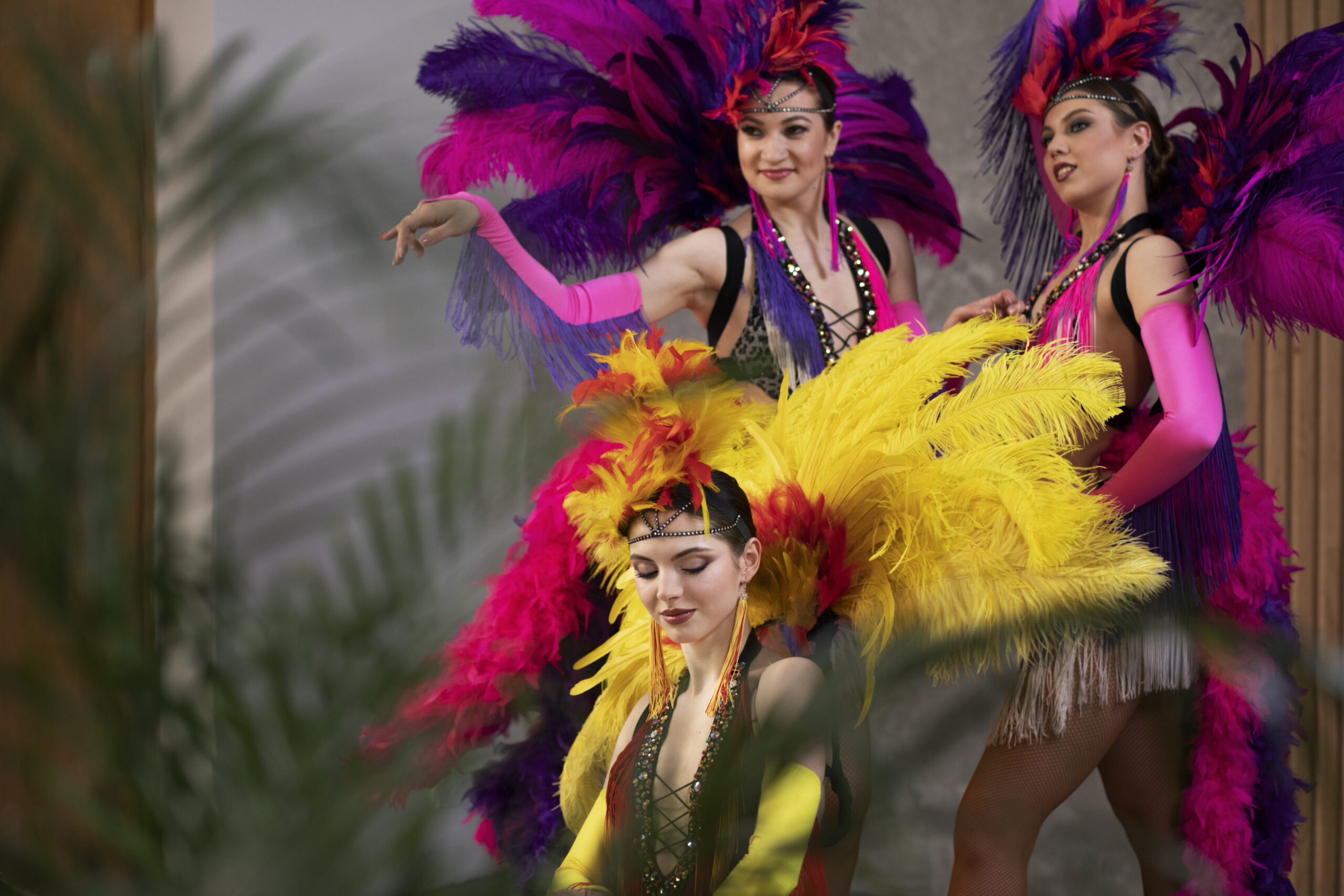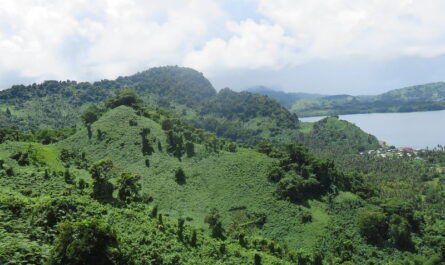Bougainville, an island region of Papua New Guinea, boasts a rich cultural heritage that reflects the unique traditions, customs, and beliefs of its indigenous people. From its vibrant festivals to its traditional music and dances, Bougainville is a melting pot of diverse cultural expressions that have been preserved for generations. The island’s cultural landscape is shaped by the customs of its various tribes and communities, each contributing its distinct traditions to the broader Bougainville identity. In this article, we explore the cultural heritage of Bougainville, focusing on its festivals, music, and dance, which continue to be an essential part of the lives of the Bougainville people.
1. The Significance of Festivals in Bougainville’s Culture
Festivals in Bougainville are deeply rooted in the island’s traditions and serve as a vital means of celebrating life, honoring ancestors, and strengthening community bonds. These festivals are often associated with significant events such as harvests, weddings, initiation rites, and commemorations of historical or spiritual importance. Bougainville’s festivals are more than just celebrations; they are expressions of cultural identity, bringing together the different tribes and clans of the island.
The Hagei Festival
One of the most prominent festivals in Bougainville is the Hagei Festival, which is celebrated by the people of the Buka Island region. This festival is dedicated to the spiritual and cultural heritage of the island’s indigenous people and serves as an opportunity to honor their ancestors and the land that sustains them. The Hagei Festival typically involves a series of events, including traditional dances, music performances, and storytelling, as well as the preparation and sharing of local food.
At the heart of the festival is the Hagei Dance, which is performed by men and women dressed in traditional attire, often including woven mats, shells, and body paint. The dance is accompanied by rhythmic drumming and singing, and it tells stories of the island’s history and myths. The festival is a powerful reminder of the importance of maintaining cultural practices and passing them on to future generations.
The Tutu Festival
Another significant festival in Bougainville is the Tutu Festival, celebrated by the people of the central and southern regions of the island. This festival is particularly important for its celebration of the Tutu, a traditional dance performed by the island’s communities during important cultural events. The Tutu Festival showcases the unique dance forms and musical styles of Bougainville’s diverse tribes, and it provides an opportunity for people to come together and celebrate their shared heritage.
During the Tutu Festival, the community gathers to watch performances, participate in feasts, and engage in traditional games and rituals. The festival is not only a celebration of Bougainville’s cultural diversity but also a time for reflection on the island’s history and the ongoing struggles for independence and self-determination.
2. Music: The Heartbeat of Bougainville’s Traditions
Music plays a central role in the cultural life of Bougainville, acting as both a form of communication and a way of connecting with the spiritual world. Traditional music in Bougainville is deeply linked to the environment, with natural sounds such as the rustling of leaves, the call of birds, and the sound of water often being mimicked through instruments and rhythms. The music of Bougainville reflects the island’s relationship with nature, its ancestors, and its community.
Traditional Instruments
The traditional music of Bougainville relies heavily on the use of indigenous instruments, many of which are made from local materials. Among the most common instruments used are:
- The Bamboo Flute: This simple yet melodic instrument is crafted from bamboo and is often used in ceremonial contexts. The flute is played to communicate with the spirits and to mark important events in the community.
- Drums: Drums are central to Bougainville’s music and are often used in rituals and dances. The kundu drum, a cylindrical hand-held drum made from wood and animal skin, is especially important in many tribal ceremonies. The sound of the drum is believed to carry the voices of the ancestors, and the rhythms produced are thought to have spiritual power.
- Stringed Instruments: Bougainville’s traditional music also features stringed instruments, such as the panpipes and the ukulele. These instruments are used in a variety of contexts, from casual social gatherings to sacred ceremonies.
In Bougainville, music is often performed as part of group activities, with families and communities coming together to sing, play instruments, and create music that reflects their collective identity. The act of making music is a social activity that fosters unity, and the songs performed during festivals or ceremonies are often composed of stories passed down through generations.
Modern Influences
While traditional music remains an essential part of Bougainville’s cultural heritage, the island’s music scene has evolved over the years, incorporating contemporary influences from both Papua New Guinea and the wider world. Today, modern genres such as pop, reggae, and hip-hop are popular among Bougainville’s youth, and many artists blend traditional sounds with contemporary styles to create unique musical expressions.
One such example is the Bougainville Liberation Movement Songs, which emerged during the Bougainville conflict in the 1990s. These songs are a fusion of traditional music and modern rhythms, reflecting the island’s struggle for independence and self-determination. The songs became anthems of resistance, with lyrics expressing the hopes and aspirations of the Bougainville people for a better future.
3. Dance: A Celebration of Life and Spirituality
Dance is an integral part of the cultural fabric of Bougainville, serving as both a form of artistic expression and a spiritual practice. Bougainville’s traditional dances are deeply connected to the island’s customs, rituals, and social life, and they are often performed during festivals, ceremonies, and other important events. The dances of Bougainville are characterized by their vibrant movements, colorful costumes, and the rhythmic beats of accompanying drums.
The Tutu Dance
The Tutu Dance is one of the most well-known and important traditional dances in Bougainville. It is a ceremonial dance that is performed during major events such as the Tutu Festival and other cultural gatherings. The Tutu Dance is performed by both men and women, who wear elaborate costumes made from materials like leaves, bark, shells, and feathers. The dance involves rhythmic movements that tell stories of the tribe’s history, creation myths, and spiritual beliefs.
The Tutu Dance is not only a form of entertainment but also a way to communicate with the spirit world. Through the dance, the performers invoke the spirits of the ancestors and ask for their blessings and protection. The dance also serves as a form of initiation for young people, teaching them the values and traditions of their community.
Other Traditional Dances
In addition to the Tutu Dance, there are many other traditional dances performed by different tribes and communities in Bougainville. These dances vary in style, but they all share a common purpose: to celebrate life, honor ancestors, and strengthen social ties.
For example, the people of the Siwai tribe perform the Tugur dance, which is a fast-paced, energetic dance often performed during harvest festivals. The Kieta people are known for their Homba dance, which is a slow and graceful dance performed to honor the spirits of the dead. Each tribe in Bougainville has its own distinctive dances, and these performances are an important way of passing on cultural knowledge to younger generations.
Dance and Social Structure
In Bougainville, dance also plays a role in the social structure of the community. Different dances are often performed at different stages of a person’s life, from childhood to adulthood, and each dance has specific rules and rituals associated with it. For instance, initiation ceremonies for young men and women often include specific dances that mark their transition into adulthood and signify their readiness to take on responsibilities within the community.
4. The Role of Dance, Music, and Festivals in Modern Bougainville
While Bougainville has undergone significant changes in recent decades, particularly following the Bougainville conflict and the island’s pursuit of independence, traditional music, dance, and festivals continue to play an important role in the lives of the people. These cultural practices offer a sense of continuity and belonging, helping the people of Bougainville reconnect with their heritage and preserve their identity.
In contemporary Bougainville, festivals, music, and dance are seen as powerful tools for community building and healing. Following the Bougainville conflict, there has been a concerted effort to use cultural practices as a means of reconciliation and recovery. Cultural festivals such as the Hagei Festival and the Tutu Festival have become platforms for bringing together different communities, fostering dialogue, and promoting peace.
Moreover, young people in Bougainville are increasingly becoming involved in the preservation and promotion of their cultural heritage. Many young Bougainvilleans are learning traditional songs, dances, and crafts from their elders and are incorporating them into modern performances and events. This has helped to ensure that Bougainville’s cultural heritage remains a living, evolving part of the island’s identity.
Conclusion
Bougainville’s cultural heritage is a vibrant tapestry of festivals, music, and dance that reflects the island’s deep connection to its history, ancestors, and the natural world. The festivals, such as the Hagei and Tutu Festivals, provide opportunities for the community to come together, celebrate, and pass on their traditions to future generations. Music and dance are integral to Bougainville’s cultural life, serving as a means of spiritual expression, social connection, and artistic creation. As Bougainville continues to navigate the challenges of modernization and change, its festivals, music, and dance will remain essential to preserving its unique cultural identity and promoting unity among its people.



